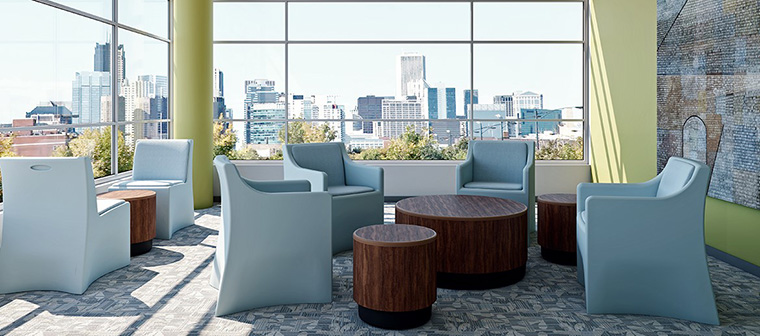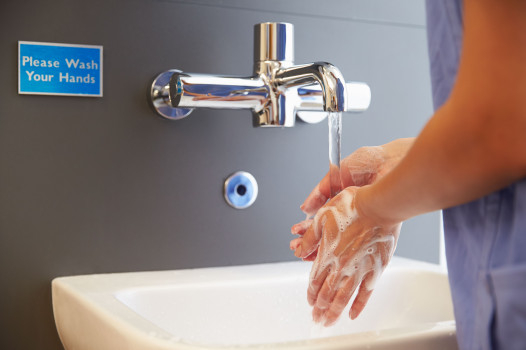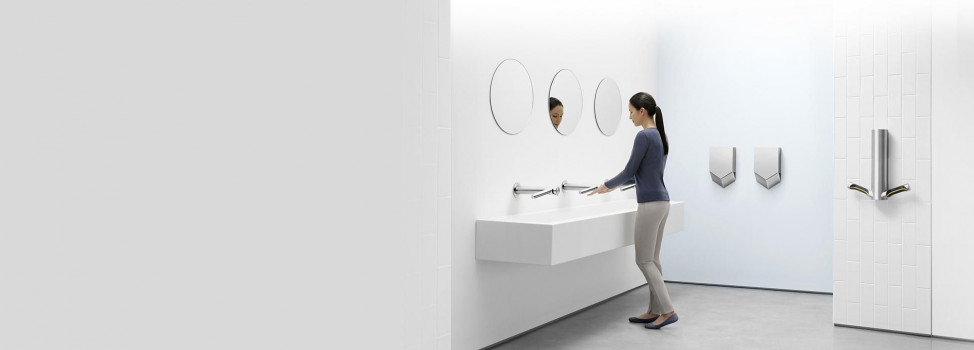Using Seating to Create a Safe and Normalised Environment in Behavioural Healthcare Facilities - Gold Medal Safety Interiors




A recent trend in behavioural healthcare facility construction is pushing interior designers, architects and healthcare officials to create a residential feel inside their walls. Evidence-based research says that the normalization of these facilities can lead to better patient outcomes, reduction in stress and anxiety, and an increase in staff well-being.
This research is clearing the way for facilities to soften their environments in an attempt to create harmonious spaces that are humane and create a sense of dignity for all who spend time within their walls. In doing so, this data also points to faster healing times, shorter hospital stays and less need for medications and restraints.
Perhaps the most exhausting challenge that behavioural healthcare facilities face today is finding furnishings and fixtures that appear residential in nature, while continuing to provide the durability, safety and security features that are desperately needed.
The most pressing of these furnishing challenges include:
- Sanitation and body fluids
- Bed bugs
- Constant use and breakdown of the product
- East of Movement
- Ligature Points
- Contraband
Selecting the right chair and seating product for your environment may seem like a difficult and taxing task. But by identifying the risk factors in all of the spaces in your environment and by working with interior designers and progressive behavioural healthcare furniture manufacturers, you will be able to provide your patients with chairs and seating that is safe, secure and aesthetically pleasing.
A few questions to remember as you seek out appropriate products are:
- Will this product cause a risk in my facility? Or will it provide a safeguard?
- How do I know if the product is actually durable? What testing has the manufacturer conducted?
- Which colours are appropriate for which spaces in my environment?
- Can I add extra safety and security such as ballasting, ganging and bolting down?
- Is the product contributing to a healthy environment?
- Are the products flexible, and can I use them for multiple purposes where appropriate?
- Is the material durable and easy to clean and sanitize?
- Do the chairs give me the options of different base types?
- Can I select from a variety of upholstery styles and grade levels depending on the area where the chair will be placed?
In this white paper, Norix provides in depth information on the challenges that behavioural healthcare facilities face, along with research that shows just how important environment is to those who spend time in these spaces. Lastly, providing resources on what to look for, from material to colour, when selecting chairs or seating for your facility.
Article sourced from Gold Medal Safety Interiors




 Indonesia
Indonesia
 New Zealand
New Zealand
 Philippines
Philippines
 Hongkong
Hongkong
 Singapore
Singapore
 Malaysia
Malaysia







